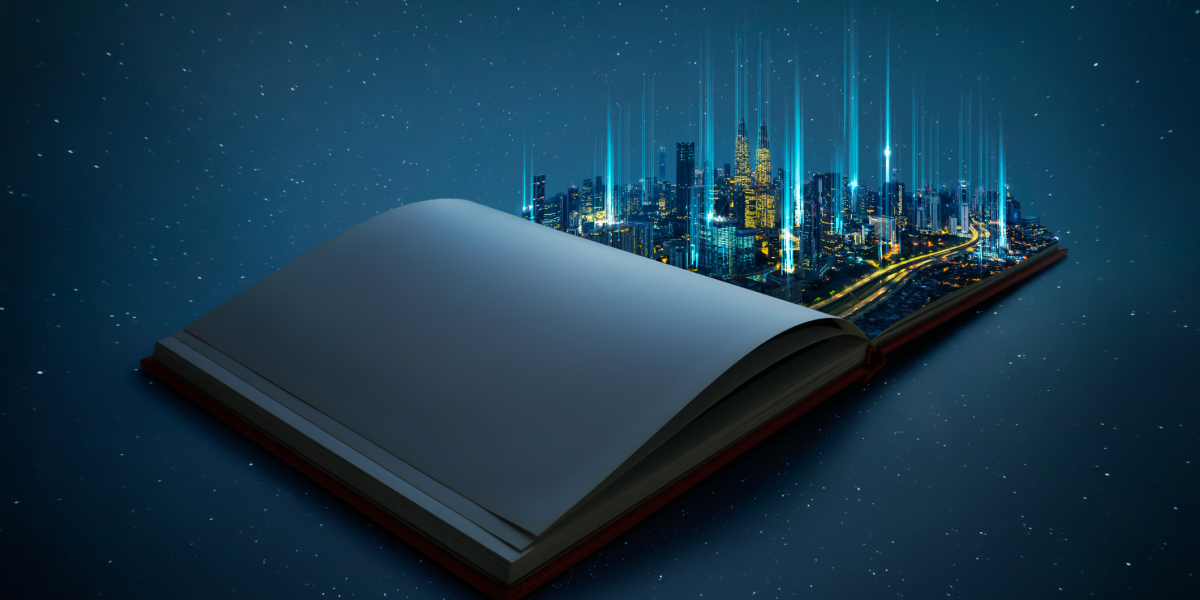
International Cities Day: What to Read!
For World Cities Day 2019, we asked a few PEAK researchers about their favourite books on cities - academic or non-academic,fiction or non-fiction and how they feel these books influence their work.
I recommend the following book: Green Metropolis by David Owen.
This book provides clear evidence on how key urban planning decisions can advance sustainability. It is a remarkable contribution because it uses a sharp narrative about every day urban living that is both captivating to a general audience and valuable for technical readers. Its three key lessons include expansive illustrations about the positive externalities of (1) living in smaller homes; (2) living closer to work/entertainment/education; and (3) driving less and walking/cycling/or using public transit more.
In City Adrift-A short biography of Bombay Naresh Fernandes maps Bombay’s trajectory from an island city to one of India’s largest Metropolis. He traces the evolution of the city from the original ‘Bombay’ to a contemporary ‘Mumbai’ with examples such as the gradual dismantling of the textile mills, the changing real-estate fabric, the rapidly expanding infrastructure, the environmental degradation and the widening gap between the poor and the rich, among others.The book is a relevant read, especially for the PEAK team as the perils of urbanisation continue to be similar across cities, though the scale and nature of it may vary. With anecdotes and historical facts, the author provides a deep understanding of the becoming and unbecoming of a city.
I've chosen The Invisible Killer by Gary Fuller. The relevance of this book rests on it being a fabulous journey through the history of air pollution (the main pollutants, ways to measure them, main policy actions to curb them) written in an accessible way, interesting for both long-time experts and people who have never read anything on air pollution. It highlights the importance of this environmental threat in cities today, and it finishes with a series of policy actions that can be taken to reduce pollution around the globe.
For our PEAK researchers, this is also an interesting look at the policy decisions that were taken, how some of them were more effective than others, and how these lessons can be applied to other urban development issues. In times when the air pollution discussion is dominated by climate change, this reminds us that local pollutants have for decades caused millions of deaths around the globe and are continuing to do so.
The City and the City by China Miéville is my choice. This book is all about the interaction between urban form and social behaviour.
It all starts with some routine detective work: Inspector Borlu investigates a murder case in his city, Besźel, after the corpse of a foreign student is found, but soon afterwards he realizes that this case is complicated by the fact that the murder appears to have been committed in the rival city of Ul Qoma. Although both cities occupy the same physical space, interactions between them are strictly forbidden, and citizens must learn to "unsee" everything that doesn't belong to their own city. The juxtaposed cities allow the author to sharply explore the themes of identity, belonging, authority and migration in a very original and captivating manner.